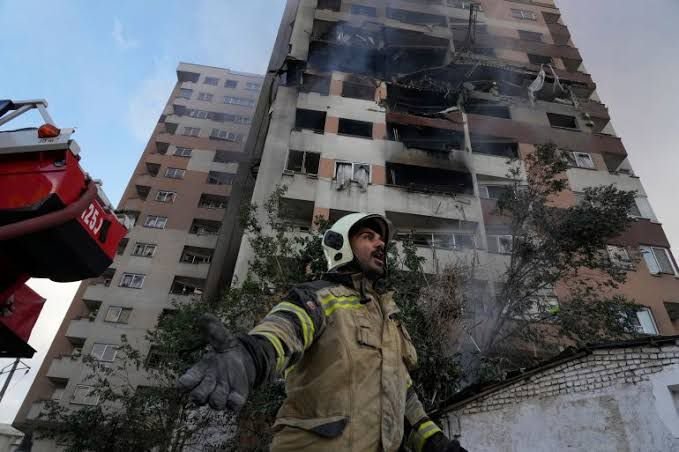In a dramatic escalation of Middle East tensions, the United States launched targeted airstrikes on three of Iran’s key nuclear facilities—Fordow, Natanz, and Esfahan. The strikes, carried out using B‑2 stealth bombers and Tomahawk missiles, were reportedly aimed at disrupting Iran’s uranium enrichment program. This unprecedented move has triggered a severe backlash from Tehran, with Iranian officials condemning the attack as a violation of their sovereignty and international law.
Iran’s Supreme Leader Ayatollah Ali Khamenei vowed “full-scale retaliation,” warning that the Islamic Republic would respond with “all force” if provoked further. The possibility of retaliation, including threats to close the strategic Strait of Hormuz, has sent shockwaves through global oil markets and raised fears of a wider regional conflict.
The Biden administration has justified the airstrikes as necessary for global security, insisting that civilian and military targets were deliberately avoided. However, the move has been met with international concern. World leaders, including officials from the United Nations, European Union, and China, have called for restraint and urged both nations to return to the path of diplomacy.
This U.S.-Iran conflict highlights the fragile state of international nuclear agreements and the growing risk of military confrontation in the region. The crisis also underscores the importance of maintaining secure energy supply chains and protecting global trade routes through the Persian Gulf.
As tensions continue to rise, the world watches with concern. The potential for further escalation remains high, and the coming days will be critical in determining whether diplomacy or conflict prevails.






